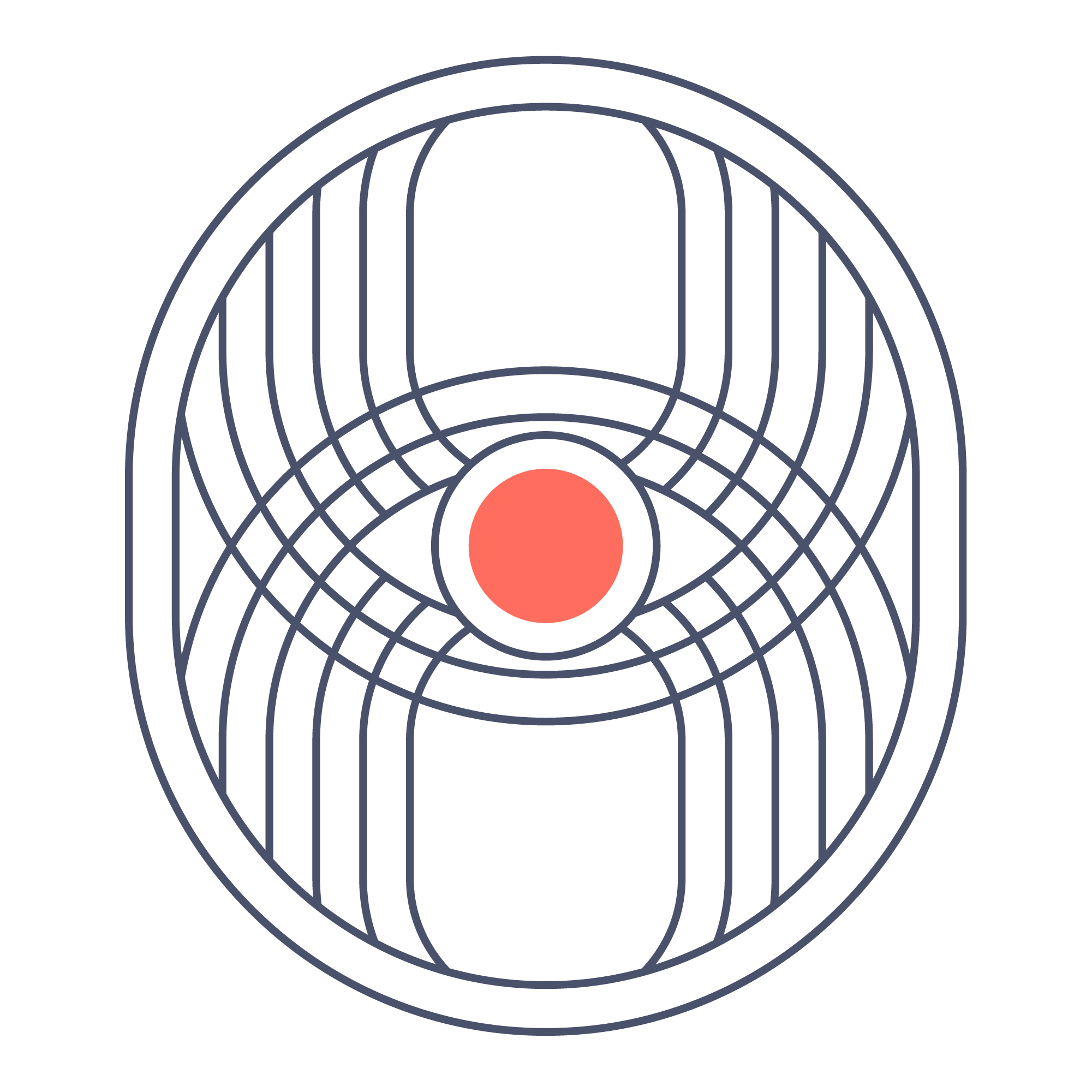I thought I’d share info on one of my favorite Ayurvedic practices – Abhyanga, or Ayurvedic Massage. Abhyanga is the process of massaging the body with warm, herbalized oil. It can be practiced regularly at home in the form of self-massage, or you can receive it from one or two practitioners. In Sanskrit the word sneha is translated to mean both “oil” and “love.” The use of oil not only infuses our body with the feeling of being saturated with love, but the habit of caring for ourselves on a regular basis through self-massage – or by allowing ourselves to receive this therapy from another – is putting self-love into practice. Through Ayurveda we identify our unique needs and we are given customized practices that allow us to nurture those needs on a daily basis. Ayurveda allows us to transform the conceptual idea of self-love into action…Abhyanga is the perfect place to start.
Benefits of Abhyanga:
- Builds immunity and vitality
- Calms and strengthens the nervous system
- Reduces stiffness and pain in muscles and joints
- Improves circulation
- Tonifies the tissues of the body
- Decreases the effects of aging
- Detoxifies the body by stimulating the lymphatic system
- Moisturizes and softens skin
- Protects the system from stressors and sensory pollutants
- Improves quality of sleep
- Imparts a glow like no other!
- Pacifies Vata and Pitta doshas
How to do self-massage:
- Use a massage oil that’s specific to your dosha. If you don’t know what oil is best for you, a mix of 1/2 unrefined, non-toasted sesame oil, 1/2 sunflower oil is a good tridoshic mix, or you can try Sarada Tridoshic Herbal Oil.
- Warm the oil by placing the bottle in warm water
- Place a tablespoon of oil in your palm and begin by massaging your scalp
- Massage your ears, face and neck using moderately vigorous strokes
- Massage your shoulders, arms, and hands using circular motions on your joints and long, sweeping strokes on the long bones
- Use additional oil when necessary
- Massage the chest and belly using gentle circular motions. The strokes over the abdomen should be in the direction of the flow of the colon (if you’re looking down at the belly, start at the bottom right quadrant, up the right side to just below the right ribs, massage across towards the left and down the left side. Repeat several times.
- Massage the back and sacrum using circular motions
- Massage the legs in the same manner as you did your arms
- Massage the soles of your feet, spending a little extra time here
- Massage the body for 5-20 minutes with loving attention
- Shower, but be sure not to wash off the oil with soap, except for on armpits, genitals and soles of feet. If shampooing the hair, apply shampoo before wetting the hair.
- I recommend having a spare towel or two that you put aside just for Abhyanga as your towels will get oily over time
Receiving Abhyanga from a practitioner
In addition to self-massage, I also encourage patients (particularly those with Vata and/or Pitta imbalances) to receive Abhyanga from a practitioner on a regular basis. I offer both 60-minute and 90-minute Abhyangas. Please feel free to contact me to learn more about it or to schedule an appointment. This practice is an essential part of the Ayurvedic routine and I encourage you to try it.
Here’s to love!
